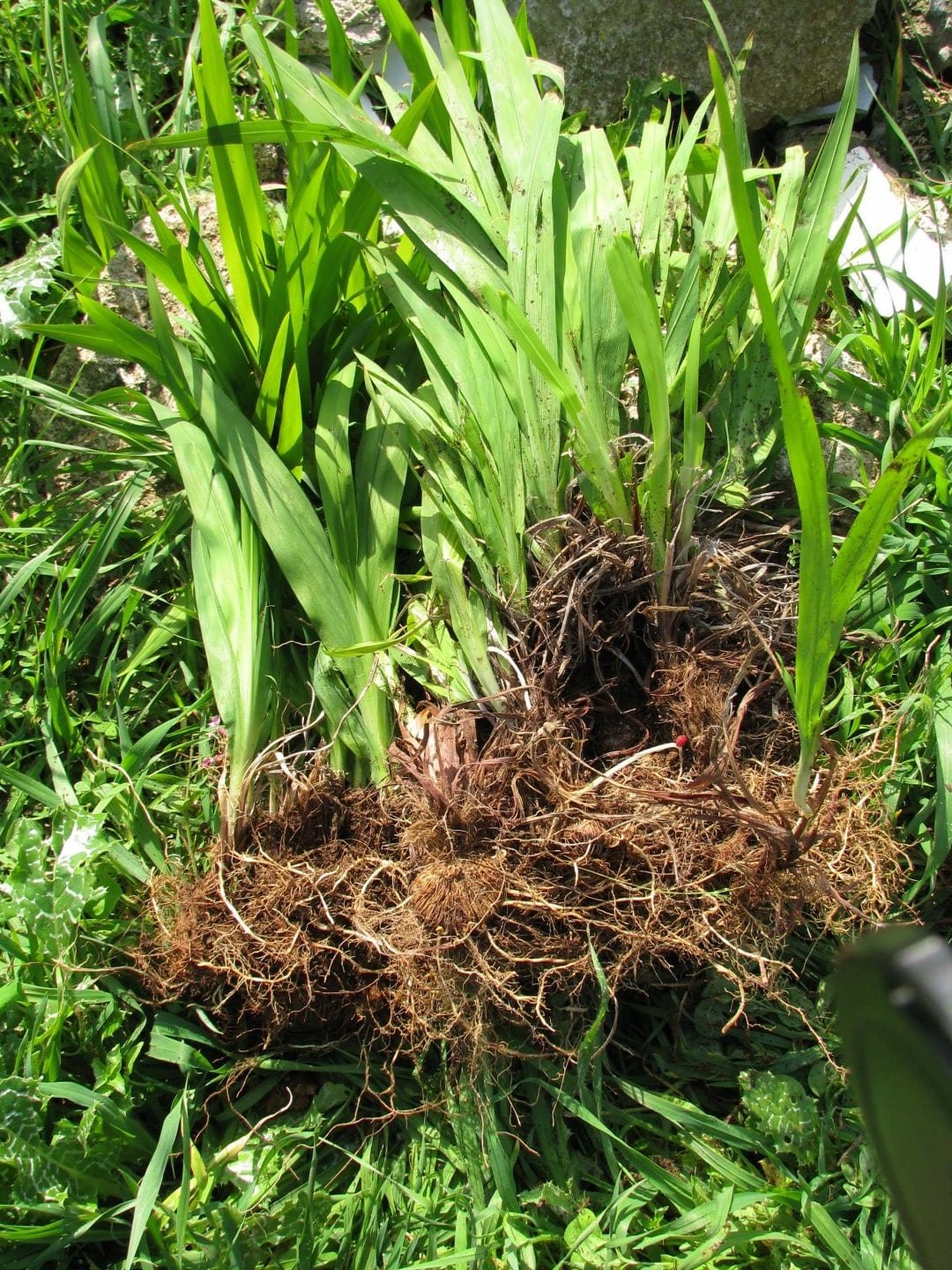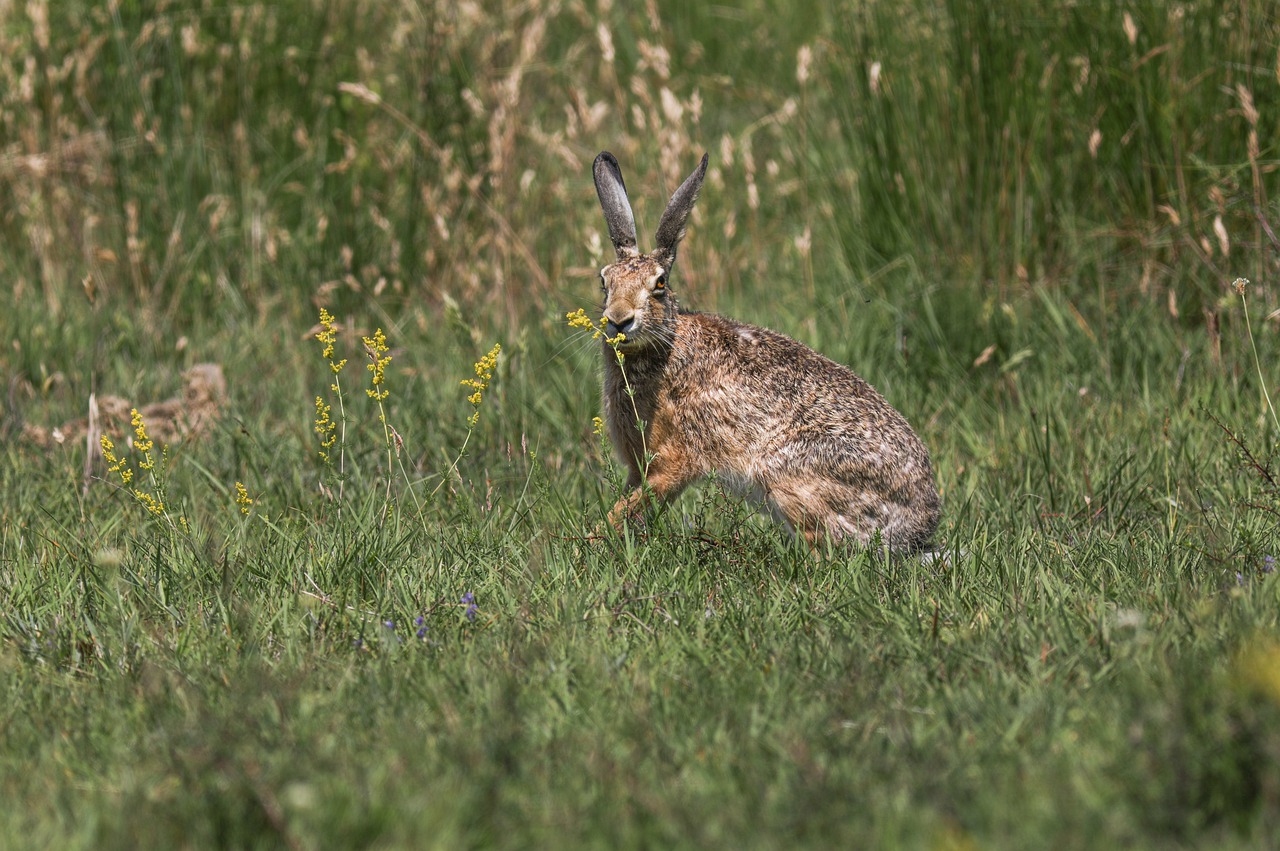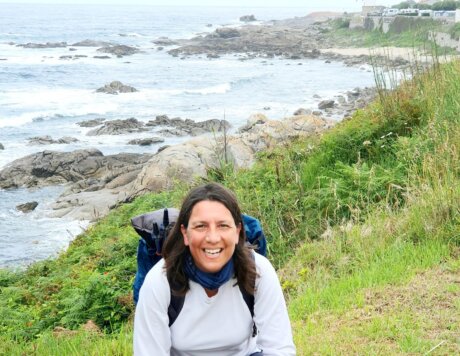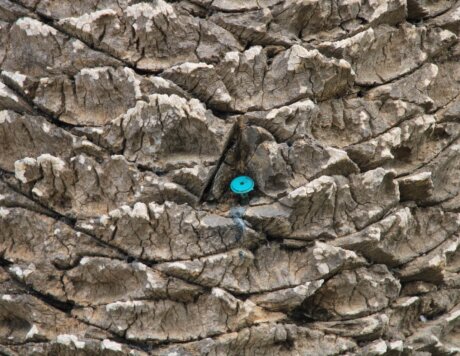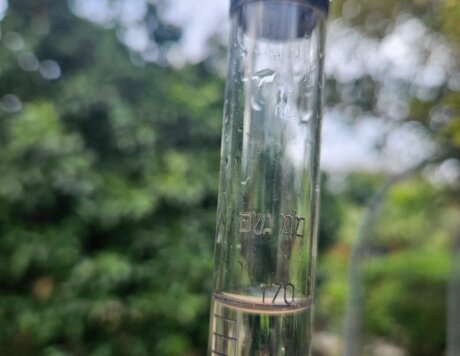So what is an invasive species actually?
Invasive species are in fact plants or animals that have spread beyond their natural distribution, due to human activity, and established in their new environment. These species cause significant, devastating damage to humans and natural ecosystems while pushing out and negatively impacting local species and their habitats (definition of the Israel Nature and Parks Authority).
How does it happen?
When humans began moving more freely around the world they brought species with them from place to place. Some species were brought intentionally, such as pets and farm animals, so humans could maintain their old lifestyle in their new country of residence, while others were brought unintentionally (e.g., seeds and fruits brought in clothes and luggage).
A lack of awareness of future damages has turned invasive species into a global problem; the damage from their impact is immense and is felt in many fields from biodiversity to economics (a study conducted in 2000 in the USA estimated the price the USA has paid due to invasion by alien species at 6 billion dollars annually in the USA).
Who’s afraid of invasive species and why?
Invasive species come with humans; they are particularly strong and adaptive, establishing themselves at the expense of local species by competing with them over local resources and food resources, and sometimes even preying on and directly impacting local species. In contrast to slow, long-term processes which take place naturally, in which the environment changes at an evolutionary pace, when an invasive species is introduced artificially due to human intervention its presence in its new habitat often becomes dangerous due to the fact that it spreads rapidly and is difficult to stop and eradicate; often the extent of this ecological disaster is discovered only when it’s already too late.


